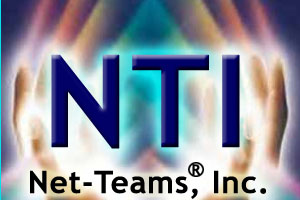 |

Section 1031 Exchanges for Real Estate Investors |
|
|
Submitted by Palma Torrez
| RSS Feed
| Add Comment
| Bookmark Me!
When a real estate investor sells real estate, a capital gains tax is recognized, along with a tax on deprecation recapture. The regular capital gains tax, deprecation recapture, and any applicable state tax can often result in a tax liability in the 20% to 25% range for the sale of real estate. (If the real estate has been held for less than 12 months, all of the gain will be taxed at much higher short term capital gains rates.)
A Section 1031 exchange, named for the applicable section of the Internal Revenue Code (also known as a Starker Exchange, Tax Free Exchange, or Like-Kind exchange), allows an investor to defer all tax on the sale of real estate if the real estate is replaced with other real estate pursuant to a detailed set of rules.
The replacement property must be identified within 45 days of the sale of the relinquished property. (1) The replacement property must be purchased within 180 days of the sale of the relinquished property. (2) The replacement property must have a purchase price at least as great as the relinquished property, otherwise some tax will be recognized. (3) All of the cash proceeds from the sale of the relinquished property, less any debt repayment and expenses of the sale, must be reinvested in the replacement property. (4) All of the cash proceeds from the sale of the relinquished property must be held by a Qualified Intermediary, which is a person or institution with whom the investor has not recently conducted other business. The investor must not have any access to the cash while it is being held. (5) The titleholder of the relinquished property must be the same as the purchaser of the replacement property. (6) The sale or purchase of a partnership interest does not qualify for a Section 1031 exchange, except under a few limited set of circumstances. (7) The relinquished property cannot have been classified as inventory, such as condominiums built by the investor, or lots in a subdivision that was subdivided by the investor.
If these rules are followed, real estate investors can sell current real estate holdings and replace them with other properties. A Section 1031 transaction is an excellent way for a retiring real estate investor to convert actively managed properties into passive properties, such as triple net leased properties.
|
|
 |

|
|
LinkedIn Recommendation:
 Courtney Stone - Market Developer at Optanium - I launched a new business part time and was looking for some ideas on how to make it easy to manage from home. I found Teo at eWorkshopCourses.com and began learning about web marketing and realized there really is so much to learn, but it was all right there! I like his GET UNSTUCK message for the site. I was stuck, and Teo got me unstuck fairly quickly! - March 15, 2012, Courtney was Teo's client Courtney Stone - Market Developer at Optanium - I launched a new business part time and was looking for some ideas on how to make it easy to manage from home. I found Teo at eWorkshopCourses.com and began learning about web marketing and realized there really is so much to learn, but it was all right there! I like his GET UNSTUCK message for the site. I was stuck, and Teo got me unstuck fairly quickly! - March 15, 2012, Courtney was Teo's client |
|
Featured [real estate] Articles:
|
 |
